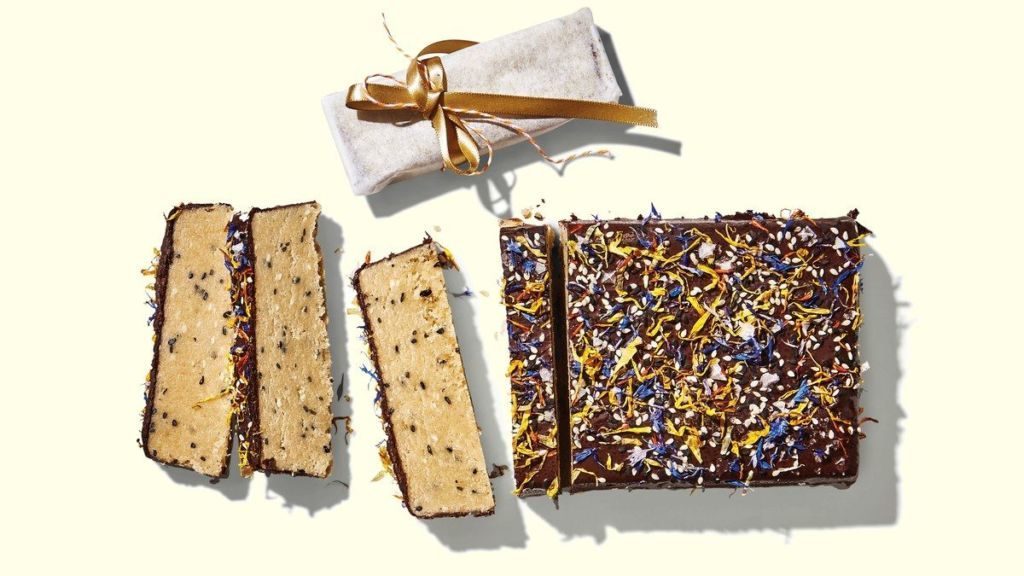Halva is a dessert that is found throughout the Middle East, most notably in Israeli. The term halvah is a general term used to describe dessert with a flour or nut butter base. The dessert is known for being a nutritious sweet as it is rich in protein, calcium, iron, polyunsaturated fats and plant sterols. It is a double kill as it is highly delicious and highly nutritious!
The popularity of the Halva has spread across continents in Asia (West Asia, Central Asia and South Asia), Eastern Europe, North Africa and the United States. There are two kinds of desserts; the flour-based or nut butter-based. There are a wide variety of halvas that are available for your consumption and they may differ between regions and continents.
The flour-based halva has a slightly gelatinous feel and it is made from grain flour. The nut butter-based usually has a crumbly consistency and it is made from tahini or other kinds of nut butter. The main ingredients of the nut butter-based halva are sugar and nut butter. Other ingredients have also been used to make the halva, such as lentils, beans and vegetables. The halva can be kept at room temperature when it is during the non-summer months and it will not be at risk of spoilage.
Want to indulge in your sweet tooth cravings? Try out the Halva recipe down below in the comforts of your humble abode!
Ingredients (4 to 6 servings):
- 2 Cups of Honey
- 1 ½ Cups of Pistachios
- 2 Cups of Tahini
- 1 tsp of Vanilla Extract
Preparation Methods:
- Start preparing the dish by heating the honey in a saucepan until it reaches 116 Celsius, which is the softball stage. The softball stage occurs when the syrup is placed into cold water to create a soft and flexible ball.
- Set the honey aside to allow it to cool slightly and then proceed to add some vanilla and nuts.
- Mix the ingredients by gently folding in the tahini and then mix until mixture is blended well.
- Oil a mould (6-cup) lightly and pour the mixture into the pan to be cooled completely. Ensure that the halvah is wrapped properly and then leave it to refrigerate for 24 to 36 hours. The texture of the halvah will be developed into a crystallized structure.
- Proceed to cut the halvah when it is cold and then set it aside at room temperature. Your dish is ready to be served and enjoyed!
